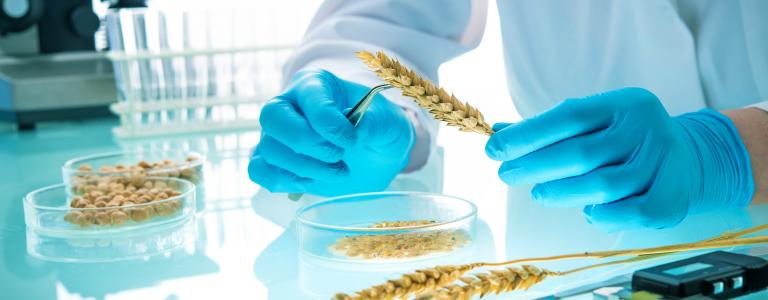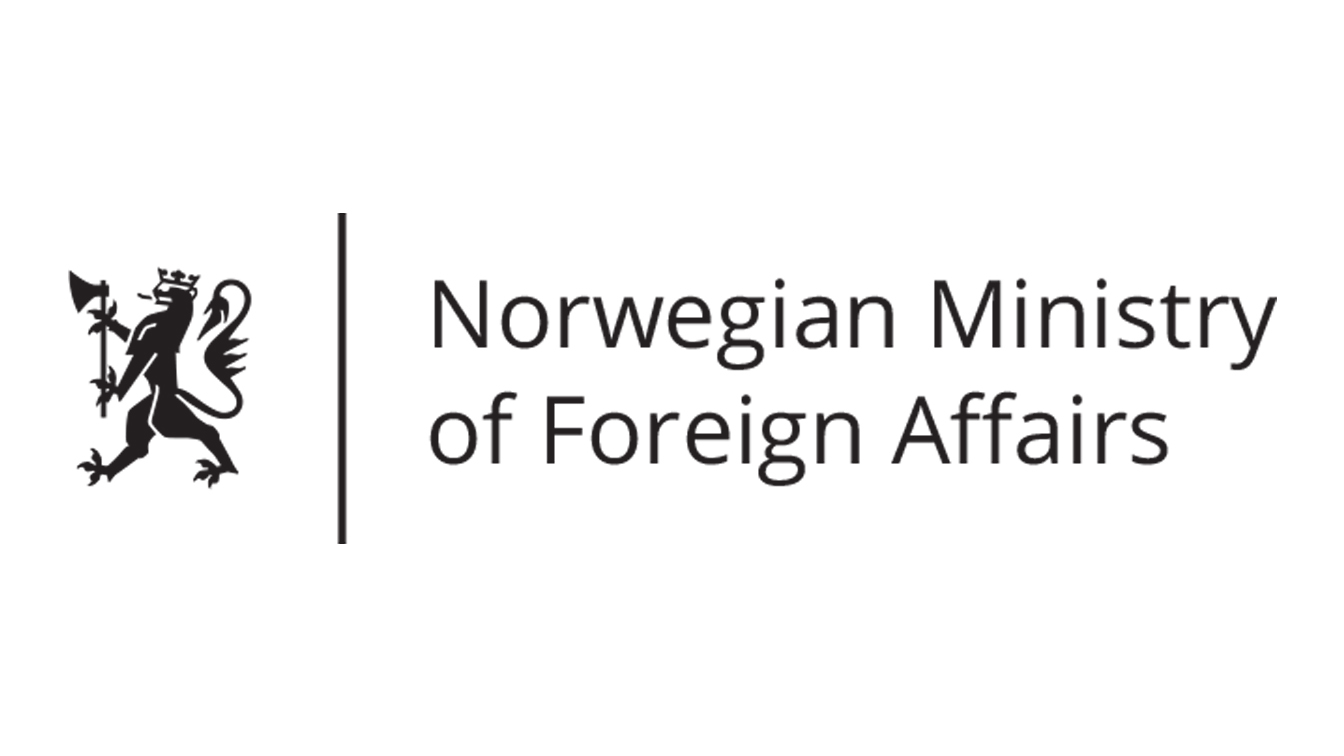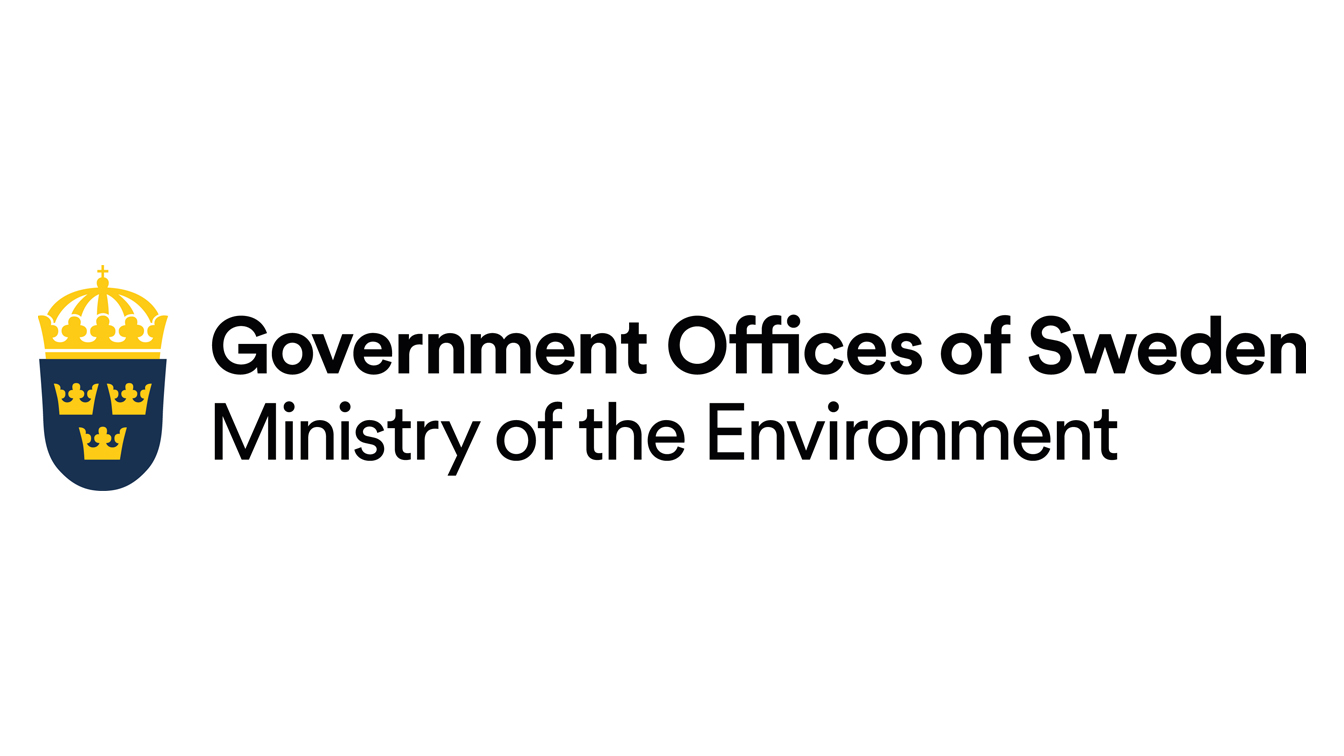Biosafety: Ensuring the Safe Use of Modern Biotechnologies
Still Only One Earth: Lessons from 50 years of UN sustainable development policy
The scientific and policy debate on the potential benefits and risks of biotechnologies remains polarized. As more genetically modified crops, insects, and fish are developed, the 2000 Cartagena Protocol on Biosafety to the Convention on Biological Diversity provides a forum to monitor developments and address risk assessment and risk management challenges. Experience gained within the framework of the Protocol can assist the international community in regulating emerging technologies, such as synthetic biology and gene drives. (Download PDF) (See all policy briefs) (Subscribe to ENB)
A pharmacology researcher enters the laboratory to work on an influenza virus. An agricultural scientist starts a day’s field research on genetically modified soybeans. They both must take safety measures to address potential hazards and risks for human health and the environment. This is what biosafety is about.
Biosafety refers to the safe management of living organisms and genetic material, including pathogens and genetically modified organisms (FAO, 2018). Under international environmental law and policy, biosafety refers to the need to protect the environment and human health from the possible adverse effects of genetically modified organisms (GMOs) and products resulting from modern biotechnology.
While the need to preserve the world’s genetic resources was discussed at the 1972 Stockholm Conference on the Human Environment, biotechnology was not yet on the international agenda. It was not until the 1980s the international community deliberated on its environmental implications. Currently, at the core of the international regime on biosafety is the 2000 Cartagena Protocol on Biosafety, adopted under the Convention on Biological Diversity (CBD).
The Biotechnology Revolution
Humans have used biotechnology for millennia: farmers experimented with selective breeding and cross-fertilization to improve the yields and resilience of their crops and animal breeds, while fermentation led to gastronomic miracles through the production of cheese and alcoholic beverages. Fifty years ago, however, modern biotechnology (also known as genetic engineering) revolutionized our ability to alter living organisms. Building on the work of Rosalind Franklin, Watson and Crick published the structure and function of DNA in 1953. This breakthrough led to the first publications in the 1970s of recombinant DNA techniques, which brought together genetic material from multiple sources. Since then, scientists have manipulated the genetic structure of living cells by extracting and transferring strands of DNA from one species to another. This enabled the combination of genetic material that would never occur naturally, with the aim of developing or improving specific characteristics of an organism.
Plants, animals, and micro-organisms that include foreign DNA are called transgenic, genetically modified, or living modified organisms. One of the early achievements of genetic engineering was the microbial production of synthetic human insulin, which was approved and commercialized in the 1980s. Agricultural applications soon followed. The first agricultural application approved for human consumption hit the US market in 1994—a tomato called “Flavr Savr,” which had been genetically modified to prolong shelf life. While Flavr Savr was not commercially viable, two crops marketed soon thereafter sparked a global debate: Bt cotton, a plant genetically modified to produce an insecticide to combat a common pest; and Roundup-ready soybeans, which had been modified to be resistant to glyphosate, a broad-spectrum herbicide marketed as Roundup (Meyer, 2011).
Since then, dozens of genetically modified (GM) food crops and animals have been developed. However, the history of modern biotechnology shows innovation efforts are targeted to a limited number of crops suited for the agricultural model and markets of developed, rather than developing, countries. This raised concerns modern biotechnology is more about private profit than public good.
Since the early days, the promises of modern biotechnology were accompanied by fears about its human, societal, and environmental consequences. The 1975 Asilomar Conference on Recombinant DNA gathered practitioners who agreed on the first biotechnology safety guidelines, in an early application of the precautionary principle.
Debates continue to this day. Proponents highlight that biotechnology has the potential to generate benefits for humankind and contribute to sustainable development. In medicine, it has contributed to the development of vaccines, drugs, and diagnostic aids. In agriculture, it promises to enhance food security with crops with higher yields, improved nutritional value, and resistance to pests and environmental hazards, while reducing dependence on fertilizers and herbicides.
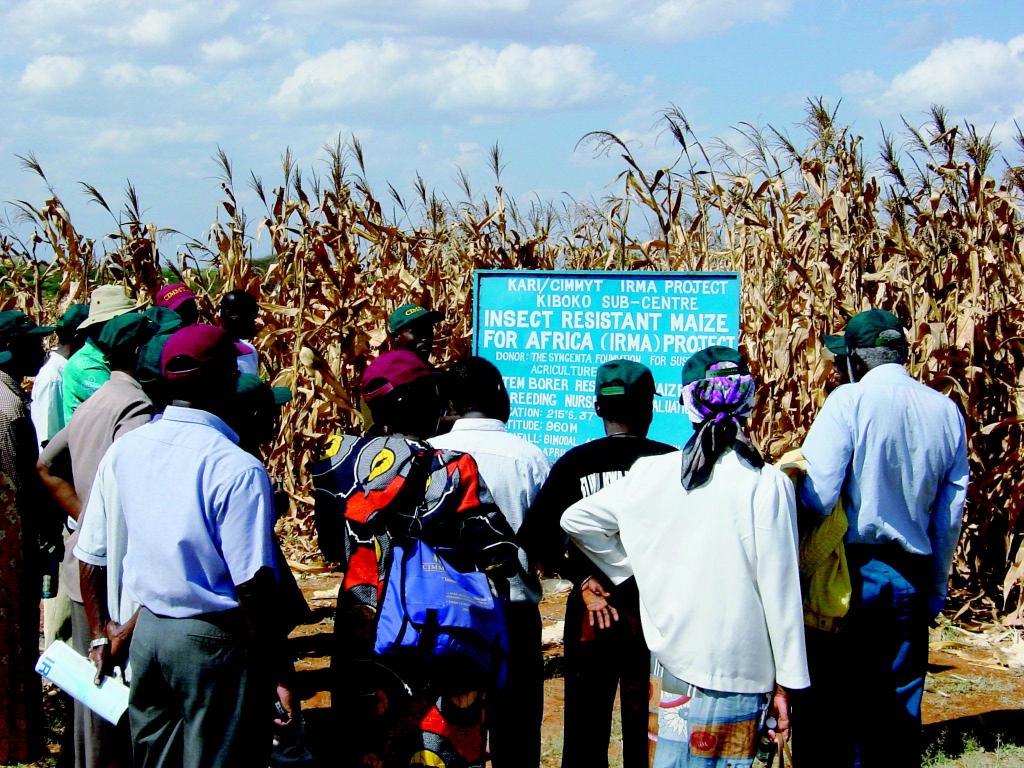
Skeptics point to potential risks to biodiversity and human health, highlighting limited knowledge of complex ecosystem interactions and the irreversibility of results once a GMO is released (CBD Secretariat, 2003a). Environmental risks include unintended harm to non-target organisms—such as beneficial insects—transfer of modified genes to wild relatives, and impacts on genetic diversity through increased reliance on GM monocultures. Potential health impacts may arise from the unexpected production of toxins or allergens, and increased antibiotic resistance. Socio-economic concerns relate to the increasing control of the global agricultural market by a handful of companies, raising concerns about undue control of global food production, privatization of agricultural research, risks for food security, and potentially catastrophic impacts for smallholder farmers and subsistence agriculture in developing countries (Tsioumani, 2020, p. 14–15).
Negotiation of the Cartagena Protocol on Biosafety
Radically shifting global biodiversity governance to fit the needs and expectations of biodiversity-rich developing countries, the CBD covers not only matters related to biodiversity conservation and sustainable use, but also social and economic aspects. Developing countries insisted the Convention should address issues related to biotechnology, including its safe use and distribution of its benefits, as well as access to genetic resources—the raw material for biotechnological innovation.
When the CBD negotiations began in 1987, the role and potential value of genetic resources was increasingly obvious. The rise of intellectual property rights in the 1980s, especially patents and plant breeders’ rights, had already sparked debate on the legal status of plant genetic resources under the auspices of the Food and Agriculture Organization of the UN (FAO) (Tsioumani, 2020). Some developed countries, such as Canada and the US, had already adopted national biotechnology regulations (Garforth et al., 2013).
Developing countries succeeded with their negotiating strategy. The CBD includes the first international biosafety rules (Articles 8(g) and 19). Article 19(3) mandates parties to consider the need for and modalities of a protocol on living modified organisms resulting from biotechnology. This provided the basis for the Cartagena Protocol on Biosafety.
In 1994, the first meeting of the CBD Conference of the Parties (COP) established an expert group on biotechnology. A year later, COP 2 established a Working Group to negotiate a protocol. The Working Group met over two years and submitted a draft protocol text, as well as a number of outstanding items, to the first extraordinary meeting of the COP (ExCOP), in February 1999, in Cartagena, Colombia.
The ExCOP was supposed to adopt the Biosafety Protocol but could not agree on a number of trade-related issues. The negotiations were marked by the conflict between the exporters of GM seeds and crops on one side, and most developing countries and the European Union (EU) on the other. Exporting countries, negotiating as the “Miami Group,” wanted to ensure free trade of GM commodities. Most developing countries and the EU pushed for a protocol with comprehensive coverage of all GM products. Emerging from the mad cow disease crisis and under intense public pressure, the EU was also interested in potential health impacts and labeling GM products (Cosbey and Burgiel, 2000). In the words of Chair Juan Mayr, Colombia’s Minister of the Environment at the time, “there was tremendous effort by all the negotiators to reach agreement on the text, and all but the Miami Group had made concessions in order to reach consensus.”
It was no secret that these were one of the most difficult and complex negotiations between trade and environment, with numerous interests in play and varying positions of countries towards the development of biotechnology industries…
The final negotiations focused on the precautionary principle, the scope of the Protocol, and its relationship to other international agreements. A central question was whether the Protocol should cover pharmaceuticals for humans, and GM commodities, such as soybeans, corn, or canola, destined for the food and feed industry instead of introduction into the environment (in the Protocol’s terminology known as “living modified organisms intended for direct use as food, feed or processing”—LMO-FFPs). Debates over specific references to the precautionary principle were driven by concerns from exporting countries that decisions in the name of precaution could hide protectionist trade measures. Overall, the relationship of the Protocol’s provisions to the multilateral system of trade rules under the World Trade Organization (WTO) was at the heart of deliberations.
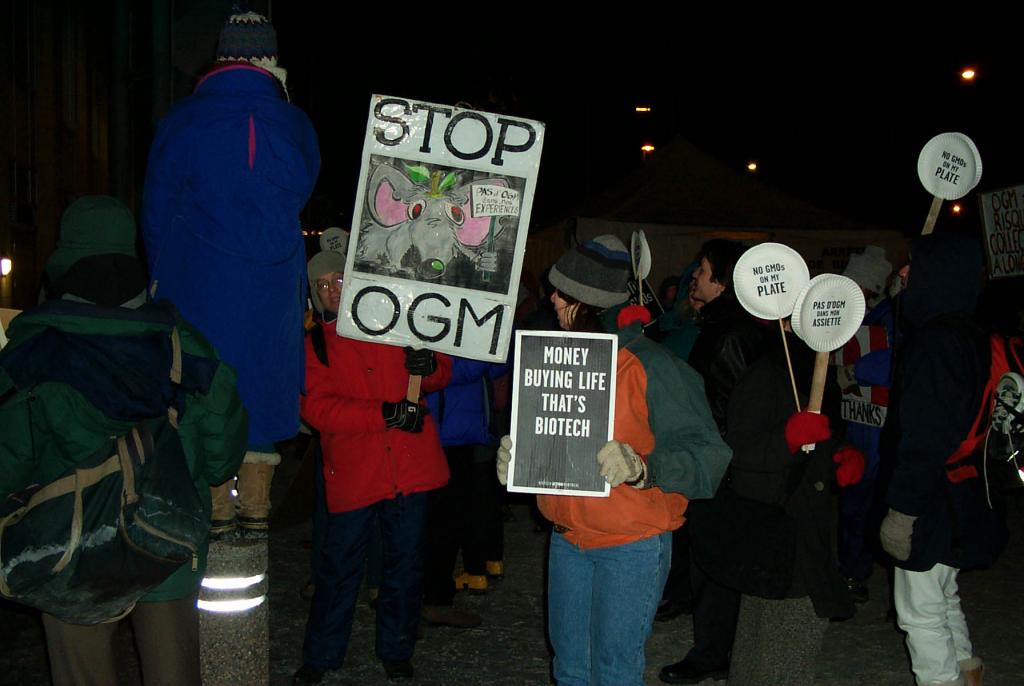
Without agreement, the Cartagena meeting was suspended. After nearly a year of informal negotiations, the ExCOP resumed in January 2000 in Montreal, Canada, and adopted the Cartagena Protocol on Biosafety by decision EM-I/3. A combination of factors made consensus possible: the collapse of the WTO Ministerial in Seattle due to massive protests and the failure to establish a group on biotechnology under the WTO Committee on Trade and Environment, and increased public pressure (Mayr, 2003). The inspiring chairmanship of Juan Mayr and high-level participation during the final stretch of negotiations led to the necessary legal solutions in the text.
A significant achievement in international law, the Protocol entered into force in 2003, and today has over 170 parties.
Basic Principles of the Cartagena Protocol
The purpose of the Protocol is to contribute to an adequate level of protection in the safe transport, handling, and use of living modified organisms (LMOs) resulting from modern biotechnology that may have adverse effects on biodiversity, taking into account risks to human health. To that end, it provides rules for the movement of LMOs from one country to another. It deals primarily with LMOs intentionally introduced into the environment (such as seeds, trees, or fish) and GM commodities (LMO-FFPs). It does not cover pharmaceuticals for humans addressed by other international agreements and organizations, nor products derived from GMOs, such as cooking oil from GM corn (CBD Secretariat, 2003b). The Protocol is based on the precautionary approach contained in Principle 15 of the Rio Declaration.
In order to protect the environment, the precautionary approach shall be widely applied by States according to their capabilities. Where there are threats of serious or irreversible damage, lack of full scientific certainty shall not be used as a reason for postponing cost-effective measures to prevent environmental degradation.
Provisions addressing import decisions for LMOs and LMO-FFPs (Articles 10(6) and 11(8)) represent one of the most explicit examples of operationalization of the precautionary approach in any multilateral environmental agreement (Mackenzie et al., 2003). According to the Protocol, a government may decide not to permit import of a particular LMO even if there is insufficient scientific evidence about the LMO’s potential adverse effects to biodiversity or human health (CBD Secretariat, 2003a).
Article 26 also gives importing countries the right to take into account socio-economic considerations (provided their decisions are “consistent with their international obligations,” a clause implying mainly trade-related obligations). Socio-economic considerations could include concerns that imports of GM crops could impact Indigenous Peoples and local communities, undermine local cultures, replace traditional crops, or result in loss of biodiversity-related traditional knowledge (CBD Secretariat, 2003a; Mackenzie et al., 2003).
Key Processes and Mechanisms for Implementation
The Protocol establishes two sets of procedures for regulating transboundary movements of LMOs. The first concerns LMOs intended for direct introduction into the environment, such as seeds or trees, and is known as the advance informed agreement (AIA) procedure (Articles 7-10). The second one refers to LMO-FFPs (Article 11).
Under the AIA procedure, the exporting party must give written notice to the importing party before the first proposed export. At a minimum, the notification must contain the information specified in the Protocol (Annex I), including a risk assessment (Annex III). The importing party must acknowledge receipt of this notification within 90 days and communicate its decision to the notifier and the Biosafety Clearing-House (BCH) within 270 days. Decisions must be based on a risk assessment carried out in a scientifically sound and transparent manner. Failure to communicate a decision does not imply consent.
Under the procedure for LMO-FFPs, parties that decide to approve and place such LMOs in the market are required to submit their decision to the BCH, accompanied by relevant information, including the risk assessment report.
The Protocol further includes provisions on risk assessment and management (Articles 15-16), documentation of LMOs (Article 18), and public participation in national-level decision-making regarding LMOs (Article 23).
Liability and Redress
Matters related to liability and redress for potential harm caused to biodiversity by transboundary movements of LMOs were impossible to resolve during the Protocol negotiations. As a result, Article 27 called for a new process to elaborate separate rules.
This process resulted in the 2010 Nagoya-Kuala Lumpur Supplementary Protocol on Liability and Redress, one of the few international instruments on liability for environmental damage currently in force. The Supplementary Protocol relies largely on national legislation, with a core requirement for parties to provide response measures in the event of damage to biodiversity, taking into account risks to human health. Given the flexibility provided to parties, it is difficult to predict which situations will be covered by national regulatory regimes and whether they will succeed in addressing specific cases of damage to biodiversity. However, the Supplementary Protocol represents a step toward intergovernmental acceptance of environmental liability.
Linkages with Other International Agreements
The Cartagena Protocol is part of a broader international regime on biosafety. The International Plant Protection Convention addresses plant pest risks and invasive species issues associated with LMOs. The Codex Alimentarius Commission, established under the FAO and the World Health Organization, aims to ensure fair practices in food trade and protect consumers’ health, including by food standards and risk analysis on foods derived from modern biotechnology. The World Organisation for Animal Health focuses on animal diseases, including through developing sanitary rules for international trade in animals and animal products. These three bodies are recognized as the standard setting bodies under the WTO Agreement on the Application of Sanitary and Phytosanitary Measures (SPS Agreement), which concerns the application of sanitary and phytosanitary measures for food safety, and animal and plant health regulations. This may apply to LMOs. Other WTO agreements, such as the Technical Barriers to Trade (TBT) Agreement, the Agreement on Trade-Related Aspects of Intellectual Property Rights (TRIPs) and the General Agreement on Tariffs and Trade (GATT) may also apply to LMOs.
In addition, FAO provides its Member States with technical advice on biotechnological applications and biosafety in agriculture, fisheries, and forestry; while the Organisation for Economic Co-operation and Development has issued biosafety-related consensus documents.
Illustrating the Debate
The scientific and policy debate on the agricultural applications of genetic engineering reached its peak in the 1990s and 2000s.
For example, in late 2002, Zambia, Zimbabwe, Lesotho, Malawi, Mozambique, Angola, and Swaziland faced widespread food shortages, which threatened up to 13 million people with starvation. The international community responded with food aid delivered through the World Food Programme, but it was then revealed that 75% of the corn donated by the US could be genetically modified. The corn was un-milled, as the US refused to mill it before export, which meant it could be planted.
An intense debate ensued, during which several governments noted they were under pressure to accept the aid. Lesotho and Swaziland finally accepted the food aid and distributed the un-milled GM corn. Malawi, Mozambique, and Zimbabwe declared they would accept the corn if it was milled, to reduce the chance of plantings. In Zambia, the government carried out an intensive investigation and then rejected the GM food aid on environmental and socio-economic grounds—to protect its agricultural exports to Europe, which had a stringent regulatory framework in place. While at the time much of the international debate portrayed acceptance of the GM grain as the only solution to hunger, a campaign mounted by Zambia and non-governmental organizations (NGOs) pointed to the need for alternative food supplies and production to fit the needs of the country and its people (Herrick, 2008).
In 2003, the US, with Argentina and Canada, challenged the EU before the WTO dispute settlement body, with regard to its practices on GMOs, referring in particular to: the EU’s alleged moratorium on approvals of biotech products; its failure to approve a number of specific biotech products; and national-level bans in six EU Member States on biotech products that had been approved at the EU level. The moratorium referred to the EU’s failure to approve any biotech product between 1998 and 2003, due to the opposition of a number of Member States holding the majority of votes. These Member States declared they would oppose approval of any product until the EU legislative framework was completed, particularly regarding traceability and labeling.
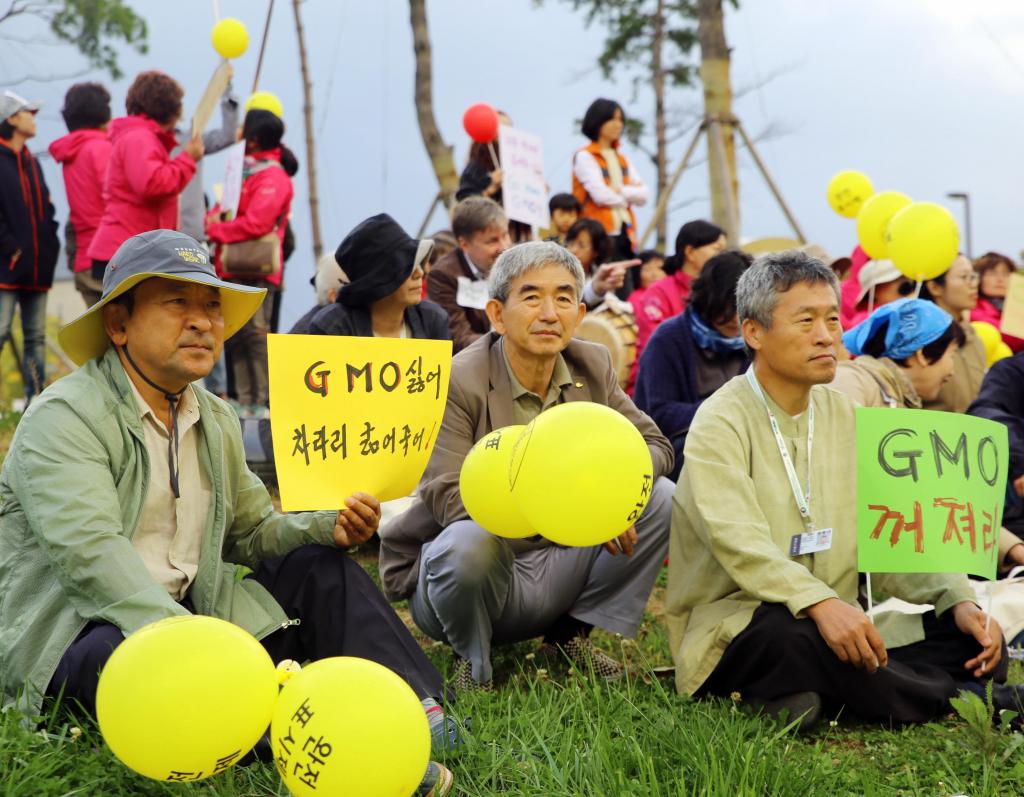
The highly charged case became a symbol of the fight between countries with high stakes in agricultural biotechnology and a GMO-skeptical public. The complainants argued the EU failed to comply with its obligations under the WTO SPS Agreement because its measures were not based on sound scientific evidence. The EU drew attention to the Biosafety Protocol and the precautionary principle. The WTO dispute settlement panel sided with the complainants, concluding the “undue delay” in EU’s approval procedures was in breach of its obligations under the SPS Agreement (Arcuri, 2007).
Biosafety for Sustainable Development
Although implementation challenges remain, the Cartagena Protocol on Biosafety has contributed to the development of many national biotechnology regulatory frameworks, particularly in developing countries. With links to international environmental, human rights, and trade law, it is a centerpiece of sustainable development law (Garforth, et al., 2013). As research continues, with more GM crops approved and applications increasingly concerning organisms other than plants, such as insects and fish, the Protocol provides a forum to monitor developments and address risk assessment and risk management challenges.
At the same time, the old debate over promises and risks of modern biotechnology reinvents itself around new scientific achievements. For example, synthetic biology currently creates micro-organisms that synthesize products for fuels, pharmaceuticals, and chemicals. Gene drives enhance the ability of a genetic characteristic to pass from a parent to its offspring, with the potential to modify the genetic profile of entire target populations. How the international community can address such emerging technologies by examining environmental and socio-economic risks while reaping potential benefits remains a crucial challenge for policymakers and researchers alike. Revisiting the history of the regulation and the public discussion on genetic engineering can provide valuable lessons.
Works Consulted
Arcuri, A. (2007). Compliance is a hard nut to crack in the biotech dispute. International Centre for Trade and Sustainable Development. https://ictsd.iisd.org/bridges-news/biores/news/compliance-is-a-hard-nut-to-crack-in-the-biotech-dispute
CBD Secretariat. (2003a). Biosafety and the environment: An introduction to the Cartagena Protocol on Biosafety. https://www.cbd.int/doc/publications/bs-brochure-04-en.pdf
CBD Secretariat. (2003b). The Cartagena Protocol on Biosafety: A record of the negotiations. https://www.cbd.int/doc/publications/bs-brochure-03-en.pdf
Cosbey, A., & Burgiel, S. (2000). The Cartagena Protocol on Biosafety: An analysis of results. IISD Briefing Note. https://www.iisd.org/publications/cartagena-protocol-biosafety-analysis-results
FAO. (2018). Biosafety Primer 2018. http://www.fao.org/3/i6800en/I6800EN.pdf
Garforth, K., Damena Yifru, W., & Fujii, M. (2013). Biosafety, the Cartagena Protocol, and sustainable development. In M. Cordonier Segger, et al. (Eds.), Legal Aspects of Implementing the Cartagena Protocol on Biosafety. Cambridge University Press.
Herrick, C. (2008). The Southern African famine and genetically modified food aid: The ramifications for the United States and European Union’s trade war. Review of Radical Political Economics, 40(1), 50-66. https://journals.sagepub.com/doi/10.1177/0486613407311081
Mayr, J. (2003). Doing the impossible: The final negotiations of the Cartagena Protocol. In Secretariat of the Convention on Biological Diversity, Cartagena Protocol on Biosafety: From negotiation to implementation, 10-12. https://www.cbd.int/doc/publications/bs-brochure-02-en.pdf
Meyer, H. (2011). Systemic risks of genetically modified crops: The need for new approaches to risk assessment. Environmental Sciences Europe 23:7.
Mackenzie, R., Burhenne-Guilmin, F., La Viña, A. G. M., Werksman, J. D., Ascencio, A., Kinderlerer, J., … Tapper, R. (2003). An Explanatory Guide to the Cartagena Protocol on Biosafety. https://doi.org/10.2305/iucn.ch.2003.eplp.46.en
Tsioumani, E. (2020). Fair and equitable benefit-sharing in agriculture: Reinventing agrarian justice. Routledge. https://www.taylorfrancis.com/books/oa-mono/10.4324/9780429198304/fair-equitable-benefit-sharing-agriculture-elsa-tsioumani
Additional downloads
You might also be interested in
Leveraging Digital Infrastructure for Mining Community Resilience
This report explores the socio-economic impacts and potential of new technologies in the mining sector.
Unlocking Supply Chains for Localizing Electric Vehicle Battery Production in India
This study aims to highlight the key supply chain barriers in localizing electric vehicle (EV) battery cell manufacturing in India. It summarizes consultations with 12 companies, as well as experts and policy-makers, to determine the crucial challenges and opportunities in localizing battery manufacturing in India.
IGF Case Study: Decarbonization of the Mining Sector
Case studies from Chile, Indonesia, and South Africa that delve into the role of the mining sector in efforts to reduce greenhouse gas (GHG) emissions.
Rethinking Investment Treaties
International investment treaties and their investor–state dispute settlement (ISDS) system are facing growing scrutiny. But what would an alternative system—one fit for the challenges of the 21st century—look like?
